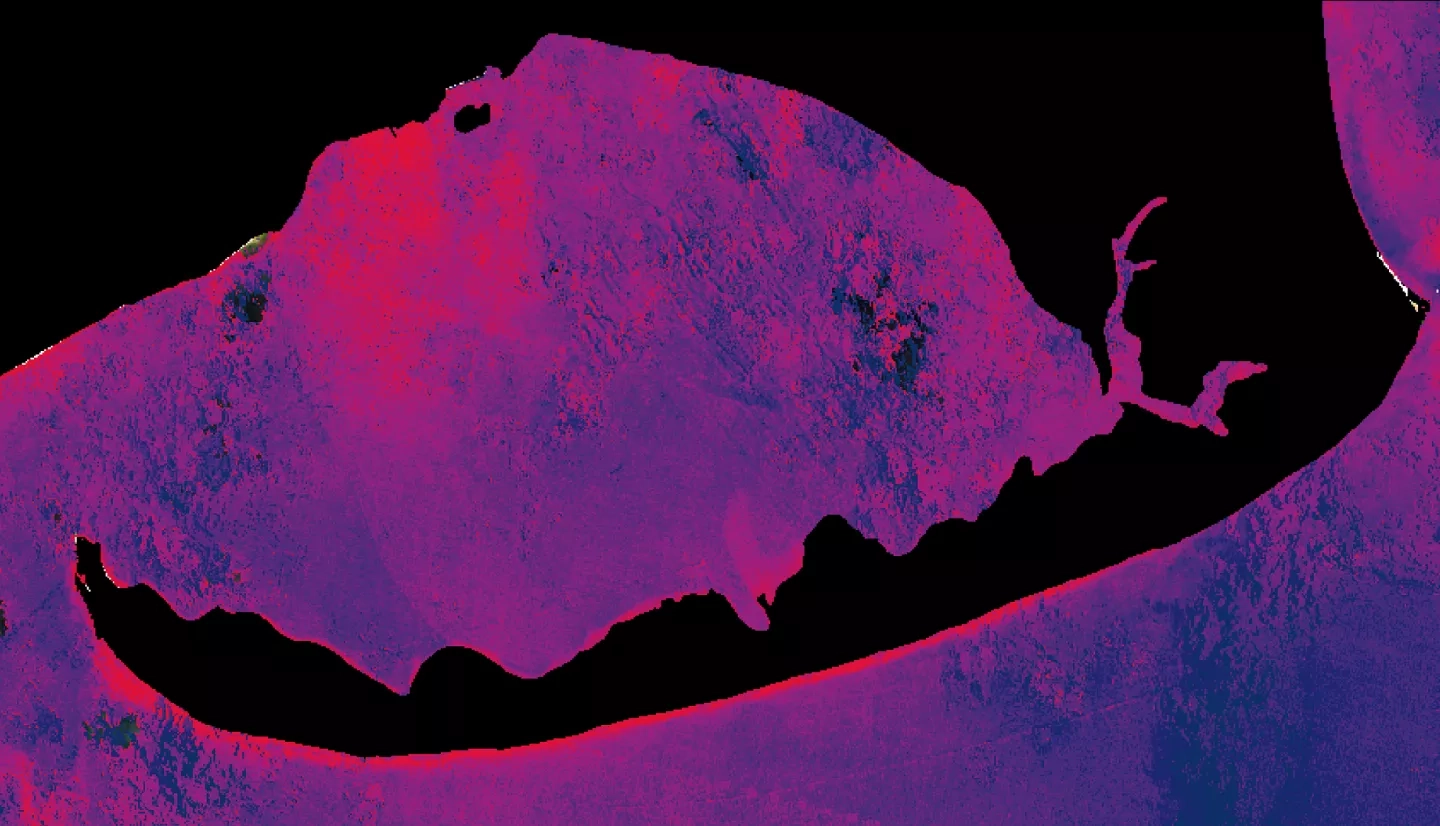St. Joseph Peninsula Disasters (Fall 2021)
Team: Erica Kriner (Project Lead), Paige Aldenberg, James Byrne, Brianne Kendall, and Nicholas Roberge
Summary: T.H. Stone Memorial St. Joseph Peninsula State Park experienced significant damages from Hurricane Michael in 2018, the first Category 5 hurricane to hit the contiguous United States since 1992. These damages included a 300-meter-wide and 10-meter-deep breach in the peninsula, habitat disruption, and a forced closure of over half of the total park area. These damages, coupled with restricted visitor access, resulted in a significant loss of revenue for the park. NASA DEVELOP partnered with the Florida Department of Environmental Protection (DEP) to determine the overall impact of Hurricane Michael on land cover and shoreline change by using NASA Earth observations including Landsat 7 Enhanced Thematic Mapper Plus (ETM+), Landsat 8 Operational Land Imager (OLI), Aqua Moderate Resolution Imaging Spectroradiometer (MODIS), and the European Space Agency’s Sentinel-2 Multispectral Instrument (MSI) to analyze sediment transport and climatology to further understand the lasting impacts of hurricanes on the ecosystems of the park. The DEVELOP team’s analyses showed that chlorophyll-a concentrations, sea surface temperature, and precipitation are increasing over time. The sediment transport analysis showed dynamic movement across the peninsula, with the greatest erosion occurring within the bay and along the length of the peninsula. These results are supported by evidence of declining seagrass abundances and seasonal turbidity patterns within those areas. Providing these analyses for the partner allows for a greater understanding of how best to proceed with restoration efforts, which may include rebuilding camping services, expanding fishing recreation, and conserving habitats for endangered species.



